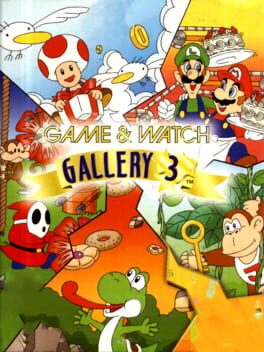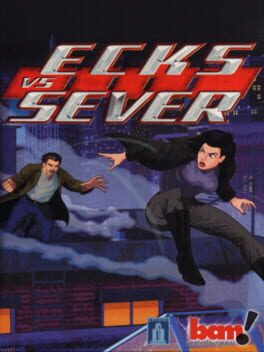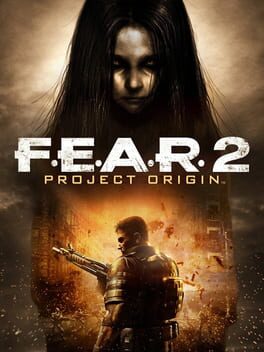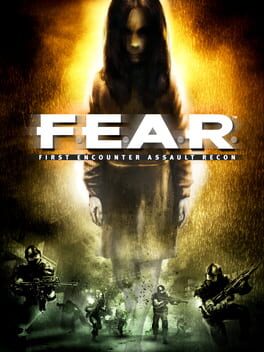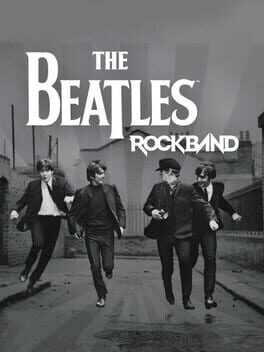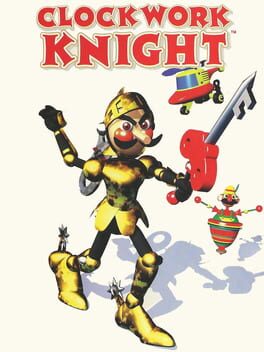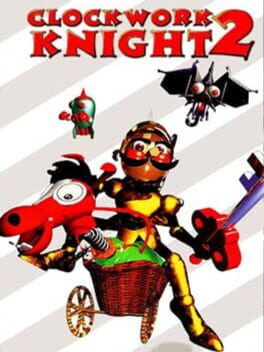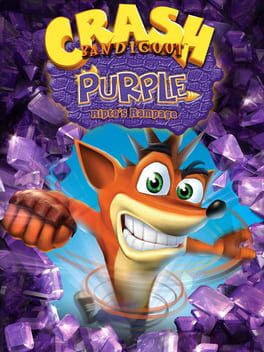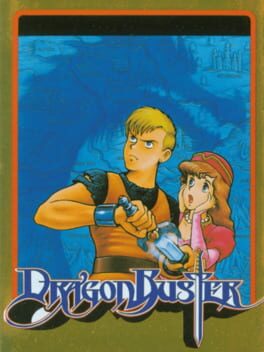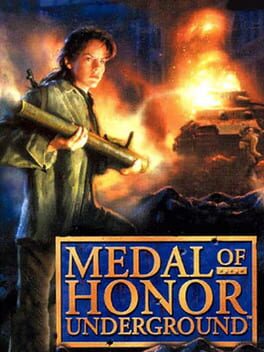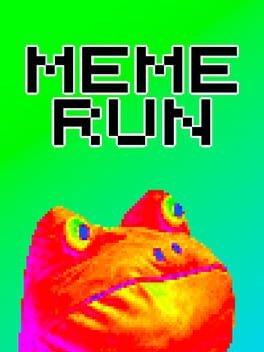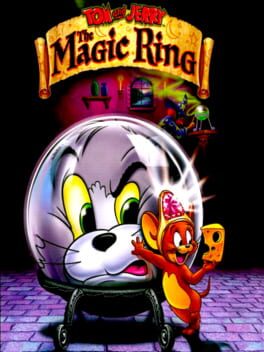donovansan
2001
The level design is top notch for what it is, classic Doom styled 2.5D FPS mazes. Very playable despite the obscene circumstances. Looks acceptable when using the Analogue Pocket, not emulation. Those last three levels are a total bitch though, and god damn if the end boss isn't a super sponge. Text only cutscenes are boring, even if it's still better told than the movie. I kinda wish the cancelled PS2 version saw the light of day, more people would probably give it a chance (and those last few levels would probably be less frustrating).
Starts off on the wrong foot. The abstract historic themed doodles of Super Mario Land traded in for, initially, a more familiar Mario mandated cartoon style. Veer off the wrong track in the cool overworld and you'll end up in Turtle Zone, which is no fun and the only bad world here. Creativity shines in the very un-Mario like Pumpkin Land, level design is anted up in the robot Mario Zone. The variations of the main theme are diverse and never annoying. Wario as straight faced villain doesn't shine like he does in the avant-garde WarioWare series, but his shadow on top of the castle is a striking image.
2011
Interesting how it connects to the story of the previous games, even more interesting how different its combat scenarios, level design and "feel" is to those Monolith ones despite their shared ideas. As far as big budget blockbuster send offs go, this isn't half bad.
From Twitter: "Completed FEAR 3, which means I have finished the entire FEAR series, which was lots of fun. Enjoyed this big budget send off which amplified the silliness of overarching plot, and the John Carpenter directed cutscenes certainly showed off some of that signature flair later on."
From Twitter: "Completed FEAR 3, which means I have finished the entire FEAR series, which was lots of fun. Enjoyed this big budget send off which amplified the silliness of overarching plot, and the John Carpenter directed cutscenes certainly showed off some of that signature flair later on."
2005
Hideous corporate art design really betrays the Beatles' own quirky visual eccentricities, I mean those paper cutout segments at the beginning and end are so garishly clean and soulless. Same goes for the seventh gen ass models that are always, constantly, smiling, even when Paul's talking about beating his wife in Getting Better and the entirety of Don't Let Me Down. And all the DLC gone. AND there wasn't much DLC to begin with. But it is still The Beatles.
2021
Surrealism might as well not exist in our pointless efforts to reach realism in the modern day space of video games. While every studio is currently looking to make the AAAA metaverse game that will consume the rest of our lives, this quirky, downright nonsensically designed one-button 3D platformer recalls the glory days of the Dreamcast with a sincerity embedded in its cast of regular folks who just need some cheering up, clearly coming from a place of bizarre, but undeniable empathy via Yuji Naka's direction. If you've played Naka's NiGHTS into dreams... before, you should know what I'm talking about. There is a deep, Seuss-like respect for childish imagination that has no place in our angry, confused current world. Of course everyone hated it.
1994
Immediately, you're taken aback by how ugly it all is. When upscaled and in RGB quality, the pre-rendered assets for 2D sprites clash horribly with the 3D background. It's nowhere near as seamless as a visual style Donkey Kong Country (which funnily enough released the same month as this did in Japan), but somehow, it's all the more interesting to look at because of it. Its colorfulness and dank 90s SEGA designs are obvious boons to its dated aesthetic, which is somewhere between Toy Story on the Genesis and the aforementioned DKC. The endearing part of it is that there almost certainly will never be another game that looks quite like it, which is refreshing in today's age of throwbacks, revivals, and 'memberberries.
1995
There's no reason not to immediately play this follow-up after completing the first game; not only does it pick up where it left off story wise, but also it adds onto where the median difficulty ended up. The title screen even refers to the new levels as "Part 2". At the end of the day they offer practically identical experiences with different level designs, so it is clear that these two games are best played back to back. When doing so, you actually feel a lot more satisfied because the amount of content when combined is much more appreciable. On their own, they are paltry lengthed.
The cast of characters and enemies are the same, the controls and mechanics are shared wholesale, and the jagged 2D/3D mishmash aesthetic isn't "improved" upon whatsoever (not a bad thing). Even the bosses from the first game return, exactly how they were, in the context of a cool boss rush mode. Speaking of, the new big bads are surprisingly far more dynamic and actually rather stunning when compared to the first game's vanilla encounters. It's the only aspect that SEGA felt to pizzazz up rather than keep the same.
Clockwork Knight 1/2 are certainly still worth playing, mind you. Not in today's world of retro revivals will you get an experience quite like this. Its inherent nicheness and forever-exclusivity to one of the biggest flops in console history will mean that your own time playing it will feel a lot more special than the ubiquity of more well known releases.
The cast of characters and enemies are the same, the controls and mechanics are shared wholesale, and the jagged 2D/3D mishmash aesthetic isn't "improved" upon whatsoever (not a bad thing). Even the bosses from the first game return, exactly how they were, in the context of a cool boss rush mode. Speaking of, the new big bads are surprisingly far more dynamic and actually rather stunning when compared to the first game's vanilla encounters. It's the only aspect that SEGA felt to pizzazz up rather than keep the same.
Clockwork Knight 1/2 are certainly still worth playing, mind you. Not in today's world of retro revivals will you get an experience quite like this. Its inherent nicheness and forever-exclusivity to one of the biggest flops in console history will mean that your own time playing it will feel a lot more special than the ubiquity of more well known releases.
An ode to gimmicks, with the form of meager bite sized chunks of side content littered around five long, stretched out levels. Half of a game, quarter of a decent one. These two, who were only great on their original shared platform, were always doomed for a crossover. Has the gall to make you go back and collect every gem right before being able to tackle the final boss. No thanks.
1985
2014
Seven and a half years ago, I streamed Meme Run for 24 hours as a charity incentive, accompanied in a Skype call with many cretins that I unfortunately made friends with online during my sad high school years. During that stream, I was able to talk to the guys who made this game^. Not a whole lot was going on up there. But, they were smart enough to get their super funny game onto the Wii U eshop, which was one of the first outright shitposts to ever be sold on a console's online marketplace (outside of like, Xbox Live Indie Games). Nobody bats an eye towards the endless amount of shovelware that is on the Switch nowadays, but there was some morbid novelty to this in 2014, back when there was some notion of quality control on digital storefronts.
^We also talked to the man who voices Eggman in the Sonic games... for some reason. I don't even know how that happened. It was weird, man.
^We also talked to the man who voices Eggman in the Sonic games... for some reason. I don't even know how that happened. It was weird, man.
I've been obsessed with the soundtrack for this game for a long time. It's so haphazardly manic, ambitious, barely related to the gameplay tone wise outside of being "energetic", in a broad sense. Some of the melodies go so overboard on the chiptune prog, it's awesome. Same composer as Urban Yeti^, another eclectic work of tech music genius, fitting for perhaps the only avant-garde GBA game in existence (one of very few in the general console space). Tom & Jerry: The Magic Ring on the other hand is a fairly average, unfortunately licensed, just ever so slightly tweaked out, belt-scrolling beat-em-up, which only makes its auditory audacity stand out even more. Time signatures, who needs 'em.
^oh, and of course the score for the beloved Spider-Man 2 by Treyarch. Randy Wilson, highly underrated... guy.
^oh, and of course the score for the beloved Spider-Man 2 by Treyarch. Randy Wilson, highly underrated... guy.
